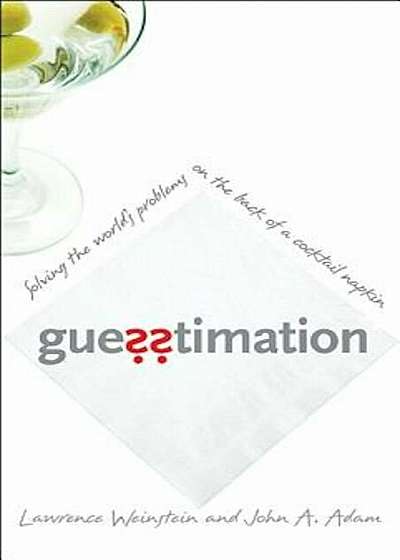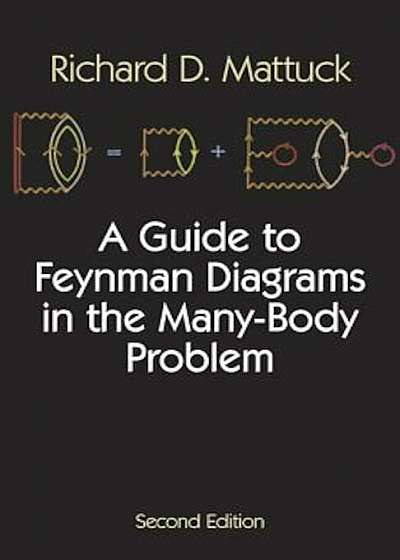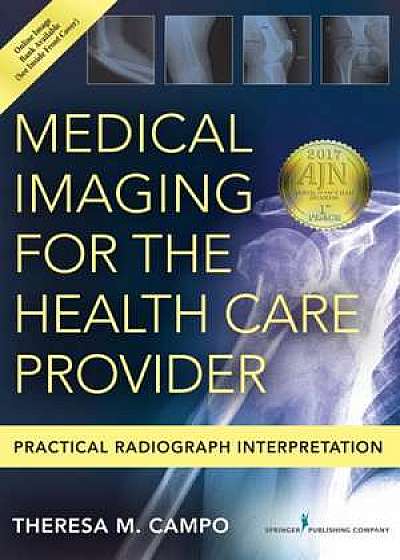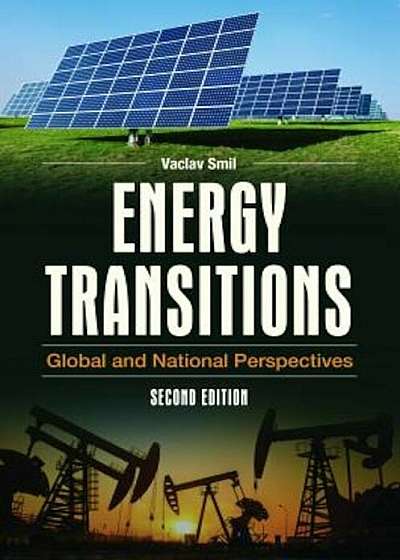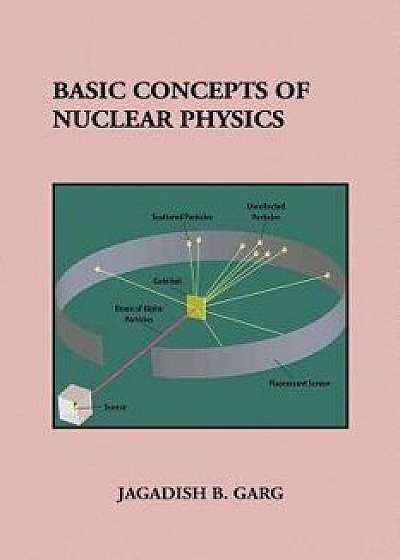
Basic Concepts of Nuclear Physics/Jagadish B. Garg
Descriere
Descriptionbook provides a clear and concise discussion of basic concepts of nuclear physics to be covered in a one semester course in nuclear physics offered in colleges and universities. This course can be taken by physics and nuclear engineering seniors and graduate students, who have taken one semester of quantum mechanics and a course in math. Methods of physics. This book begins with the general properties of nuclei. In chapters 2 and 3 it discusses the nature of nuclear force as learned from the properties of deuteron and from the two body interactions of (n, n ), (n, p) and (p, p) pairs. In chapter 4 it gives discussion of the nuclear structure in terms of different nuclear models such as shell, collective vibration and rotation, unified and liquid drop. The models are applicable in different mass regions of nuclei. In chapter 5, discussion is given about , and - ray modes of decay of unstable nuclei. Chapter 6 deals with different types of nuclear reactions induced by n, p, d, t, - particles etc. These reactions are compound nucleus formation, direct reactions, such as stripping, knock out, pick up reactions, photonuclear reactions, nuclear fission and nuclear fusion etc. Chapter 7 gives a brief discussion of application of nuclear physics to other fields such as bio medical, nuclear energy, industry, crime detection and astrophysics. In chapter 8, I have given conceptual problems related to each chapter. The main feature of this book is that it gives a coherent treatment of each topic of nuclear physics in the proper order. Book Review Basic concepts of nuclear physics written by Jagadish B. Garg, Physics Professor, State University at Albany is a timely book. To my knowledge no other text book on this subject had been published in recent years. This book is written in a clear, concise and orderly fashion. The book begins with a discussion of the discovery of nucleus by Lord Rutherford and then describes all the basic properties of nuclei. In chapters 2a


